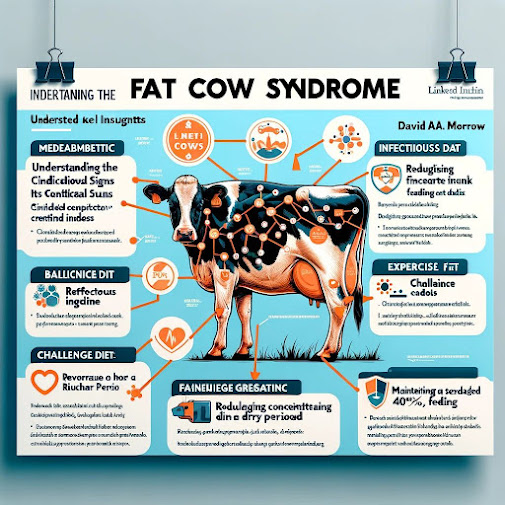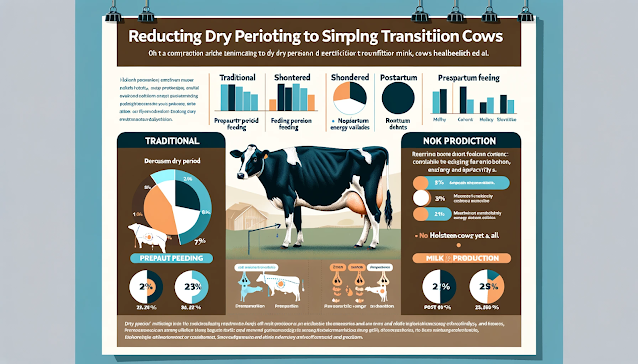Enhancing Dairy Farming: The Role of Forage Quality in Cow Productivity

As a PhD candidate with a commitment to evidence-based practice in dairy farming, I've delved deeply into the paper "Evaluation of the Importance of the Digestibility of Neutral Detergent Fiber from Forage: Effects on Dry Matter Intake and Milk Yield of Dairy Cows" by M. Oba and M. S. Allen. This study is pivotal in understanding the impact of forage quality on dairy cows' productivity and health. Here, I summarize some key findings and their implications: 1. Forage Quality and Dairy Cow Productivity : The study examines how the digestibility of neutral detergent fiber (NDF) from forage influences dairy cows' performance. It uses statistical methods to analyze data from 13 different forage comparisons reported in various studies. 2. Significant Findings : Enhanced NDF digestibility in forages is linked to increased dry matter intake (DMI) and milk yield in dairy cows. Specifically, a one-unit increase in NDF digestibility is associated with a 0.17-kg increase


